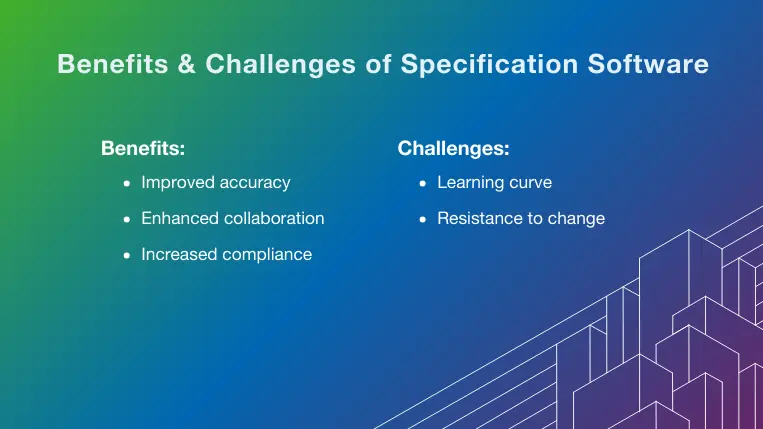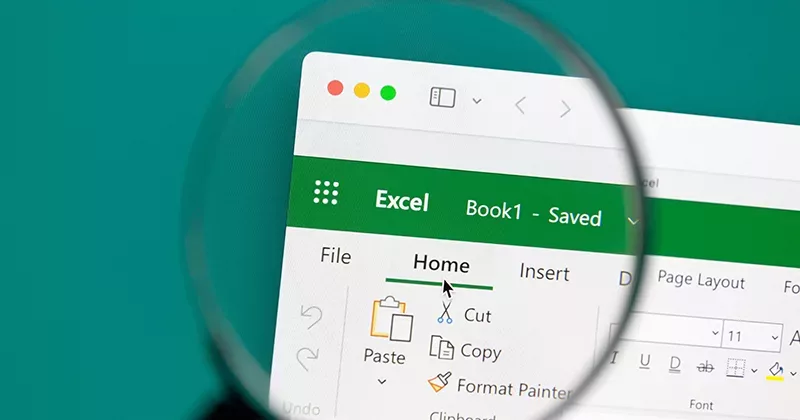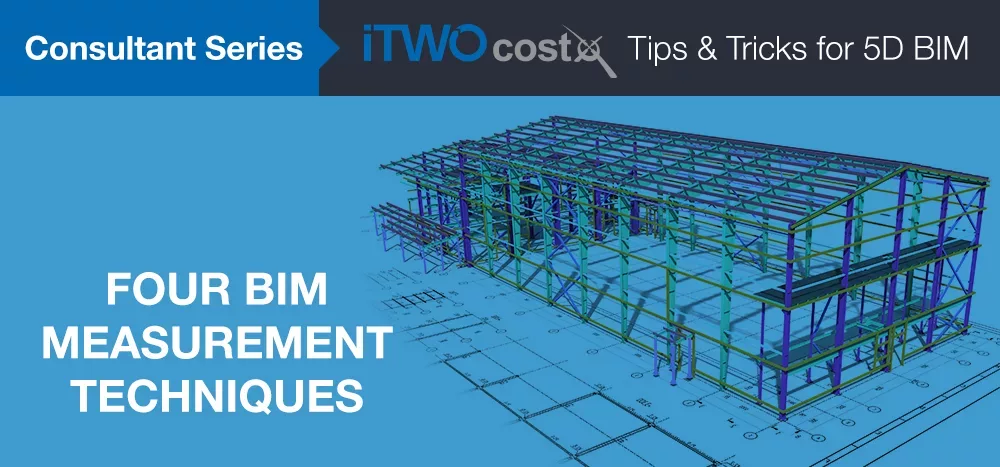10 mins read
Mastering Specification Software: Top Questions Answered by Industry Experts

For decades, the specification writing process has been done manually, often using static Word files that lead to version control issues and errors that affect the entire project. Luckily, as the construction industry continues to evolve, new technologies have been developed to facilitate and enhance all aspects of a project. One of these solutions is professional specifications software, like RIB SpecLink.
These powerful platforms remove the burden of manually managing specs, eliminating common errors and omissions that affect the project. Instead, innovative features enhance the process, making it more effective, accurate, and collaborative. That said, technology adoption is not easy, and getting the most out of these solutions can be difficult for some companies.
At RIB Software, we are committed to being the best software providers in the industry and want to ensure that our users can truly reap the benefits of our solutions. For that reason, we’ve put together this blog post that outlines the most common questions our users ask to master RIB SpecLink specification software. We will also discuss some common benefits and challenges people face when adopting a solution like SpecLink.
Let’s dive in!
Benefits & Challenges of Specification Software

Digital construction technologies have revolutionized the industry, offering unmatched efficiency, productivity, and collaboration levels. Specification software can do wonders in a project’s design, planning, and construction phases. However, any technological adoption comes with challenges. Below, we explore the benefits and challenges of using a specification platform like RIB SpecLink.
Benefits:
● Improved accuracy: SpecLink significantly improves accuracy and consistency in specs thanks to pre-built templates, automation, and an online environment that boosts collaboration. This level of precision substantially mitigates the risk of errors and omissions, leading to more successful and profitable projects.
● Enhanced collaboration: Software like RIB SpecLink works in the cloud, allowing teams to collaborate in real time from a single source of truth, eliminating common version control issues and miscommunications. With the ability to track changes and add comments, transparency and accountability are also key parts of the spec writing process.
● Increased compliance: Professional solutions like SpecLink are always up-to-date about the latest standards, building codes, and manufacturers. This saves users time searching for the latest updates and information. It also mitigates the risk of errors due to outdated standards referenced in specs.
Challenges:
● Learning curve: Just like with any new technology, specifications software has a learning curve that might be challenging for some users, especially older professionals who have relied on traditional methods for their entire careers. Luckily, solutions like RIB SpecLink offer a range of training and educational resources, such as webinars, courses, and personalized meetings with our experts, to help users make the most of the platform.
● Resistance to change: Expanding on the point above, another challenge that companies might face when adopting these solutions is resistance to change. As mentioned, more experienced professionals might prefer to stick with what they know instead of learning a new method. In those cases, decision makers need to be smart and clearly communicate the benefits of adopting the technology as well as the necessary support to learn how to use it.
Top Specification Software & Specification Management Questions Answered by Industry Experts
As you’ve learned by now, professional specification software like RIB SpecLink is an invaluable tool for boosting the speed and accuracy of specs, reducing the risk of errors, and skyrocketing the project’s quality and profitability. However, like with any technology, specs software comes with a learning curve, and some challenges might arise when using it. Luckily, RIB SpecLink provides continuous support from industry experts who are always available to educate users and help them make the most out of their experience with the software.
One of our key educational resources is RIB SpecTalk. In this insightful webinar series, industry experts like architects, specifiers, quantity surveyors, and other construction professionals discuss relevant topics surrounding the world of specs. In one of the latest SpecTalk episodes, experts Holly Jordan (specs expert from Jordan Consultants), Nish Pati (Group Product Manager, RIB Software), Dory Azar (Licensed Architect & Strategic Account Executive, RIB Software), and Alex Bear (Senior Strategic Account Executive, RIB Software) answered crucial user questions about mastering specification software and specification management. Below, we’ll discuss some of the key questions answered by the experts!
1. How Can You Automatically Link Sections in SpecLink?
RIB SpecLink offers a Smart Linking feature that allows users to dynamically link content sections within specifications. Users can drag and drop a section ID into related requirements, ensuring that spec changes update across linked sections automatically. Expert Holly Jordan added a helpful tip about how users can decide whether to display just the section ID number or add the section name to provide additional clarity.
2. How Should Spec Writers Handle the Overlap Between Instructions, Means & Methods?
Holly Jordan answered this question categorically: “Don’t do means and methods; they are the contractor’s job.” She continued stating that spec writers should leave this part to contractors, who are building the structure. She exemplified her point by talking about purchasing furniture. The instructions manual tells you what tools to assemble it, but you decide if you do it standing or sitting, inside or outside, etc. Specs should be clear about the expected outcome regarding time, quality, and compliance with contract terms, but the contractor can decide how to get to that outcome.
3. How are User Permissions Managed in SpecLink?
SpecLink has an access control feature to limit who can view and edit specs. Users can be tagged as “system manager” or “standard.” System managers can do anything within the specs, including edit, change names, copy, share, etc. On the other hand, standard users have preselected access rights that can be set in the role permissions section, where you can give them permission to delete, archive, edit, or copy a project, among other actions. Having explicit permissions set is a great practice to prevent spec errors and promote team transparency and accountability.
4. Can External Team Members Review Specs without a SpecLink License?
Yes! You don’t need a SpecLink license to access specs. You can share a project with someone and set them up with edit, comment, or viewing rights, and they will get an email with a link to access the project. You can give them access to the complete specs or just to specific sections or divisions, and you can even turn specific sections on and off to avoid overwhelming the person accessing the specs.
5. How do You Add a New Reference Standard in SpecLink?
The process of adding a reference standard is quite straightforward. All you have to do is go to the document manager, click on reference standards, create a new reference standard, and add the required details and the link to the standard’s location. When you pull the new standard into your spec document, you can click on it, and the link will open in a new tab. Holly Jordan advised always to verify newly added standards to prevent outdated references. She also recommends turning off the list of reference standards on each section, as sometimes they might be too long and distracting.
6. How do You Manage Imported Word Docs in SpecLink?
SpecLink automatically tags reference standards, creates the article, and links citations when importing a Word doc. Holly Jordan advises always double-checking these automated formatting, as the Word file might have an error that can mess up the entire setup. An additional interesting functionality recently introduced to SpecLink for imported files is auto-generated citations, reducing manual formatting time and increasing accuracy.
7. Can You Print Individual Sections in the Outline View?
Not directly. SpecLink limits printing in outline view to entire branches, not individual sections. Holly offered a workaround: activate only the outline-tagged content in full spec mode, then print that filtered version. She calls this a “weaselly” workaround when outline-only formatting is needed. She says there is always a way to get what you need in SpecLink.
8. Can You Insert and Caption Images in SpecLink?
Yes, you can insert images within your Specs. To do so, click the “add image” icon in the toolbar at the top of the screen and drag and drop the image you need from your desktop. Regarding captioning the images, there is no captioning feature yet in SpecLink. However, Holly shared a trick to simulate captions. You only need to write a caption in a regular text box and turn off auto-numbering, or you can also use superscript formatting to make the text look like a caption.
These are just a few of the various valuable questions answered by experts at SpecLink. If you want to hear all the questions and see some visual examples of how these tricks and tips can be applied in SpecLink, look at the full SpecTalk episode linked above!
Final Thoughts
Professional specifications software like RIB SpecLink can boost the efficiency and profitability of a construction or architectural firm by offering powerful functionalities like access control, smart linking, Office Masters, reference standards, BIM integration, and much more. The questions answered in this blog provide invaluable tips and tricks for making the most of your experience with the software, always with continuous support from our experts.
If you want to learn more about the platform, our RIB SpecLink basics blog provides a complete overview of its features, the challenges it solves, and other insightful information. If you want to become a regular SpecTalk attendee and ask your own questions, register for the next SpecTalk. New episodes come out every two weeks!
If you are not a SpecLink user and this article made you curious about how you could benefit from the tool, get your free demo for RIB SpecLink today!

Most Recent
10 mins read
29 mins read
27 mins read
24 mins read
Blog Categories

Ebook











